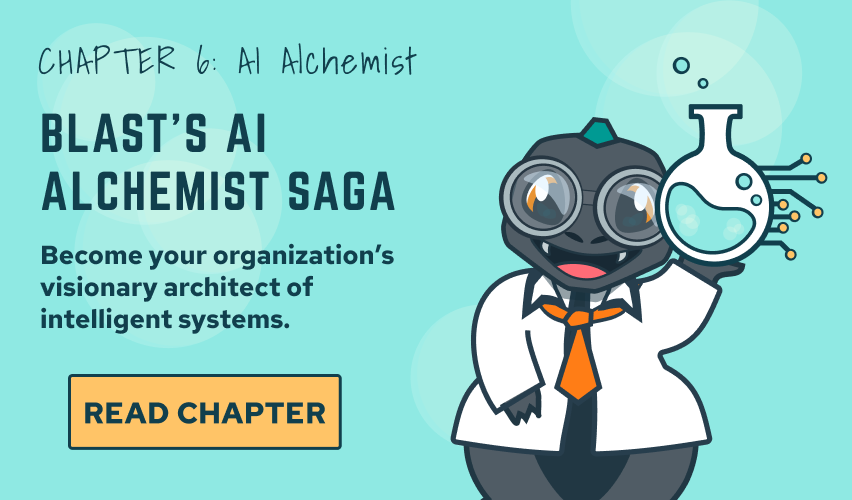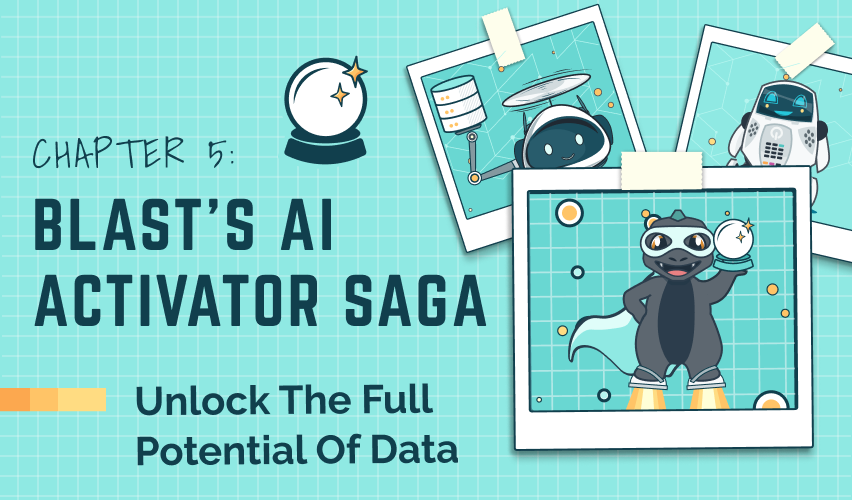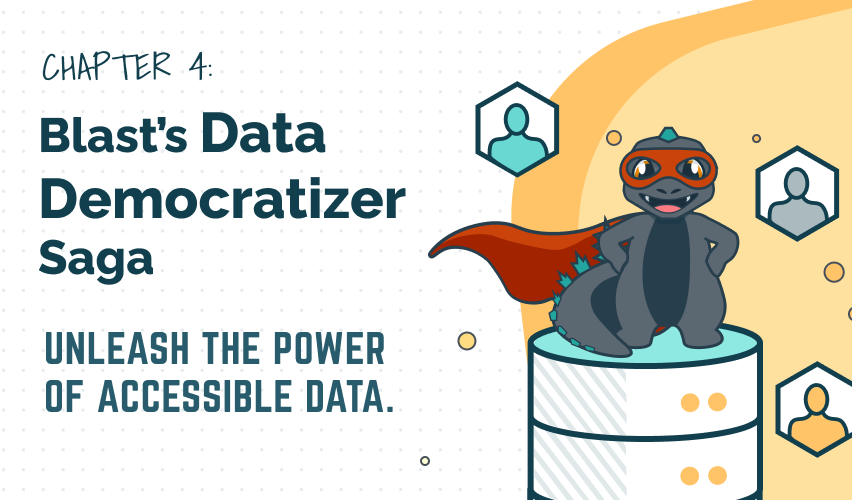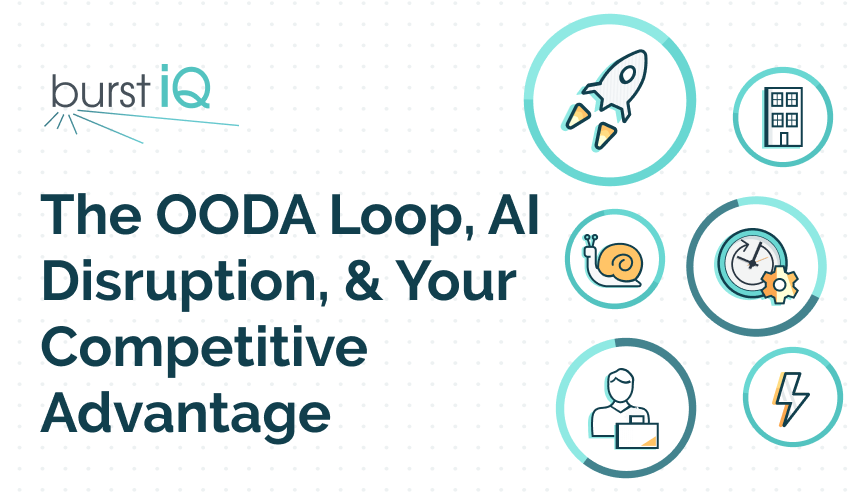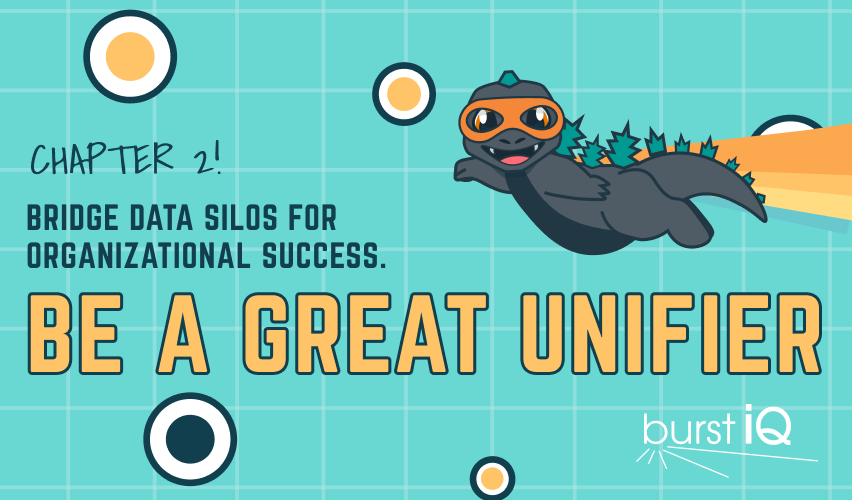
Navigating Bias
in Generative AI
Navigating Bias in Generative AI
A Path Toward Ethical
Artificial Intelligence
A Path Toward Ethical
Artificial Intelligence
– Frank Ricotta, CEO & Co-Founder, BurstIQ
Generative modeling is a burgeoning field of artificial intelligence (AI) with the potential to revolutionize numerous aspects of our lives. At its core, generative modeling is a collection of techniques enabling computers to learn from data and create new data points. This data can take many forms, including images, text, music, videos, and even code.
The applications of generative modeling are vast and constantly evolving. For instance, generative models are being used to:
- Develop new pharmaceuticals and materials
- Create realistic special effects in movies and video games
- Personalize our experiences with technology, such as recommending products or tailoring news feeds
- Generate art, music, and creative text formats, like poems and code
While impressive, these technologies carry an underlying challenge that threatens to undermine their effectiveness and fairness: bias. Bias in AI can originate from two primary sources—the data it’s trained on and the algorithms that govern it. Recognizing and addressing these biases is pivotal in crafting trustworthy AI.
Defining Bias in Generative AI
In the context of generative AI, bias refers to systematic prejudices that can become ingrained in AI models during their development or through the data they are trained on. There are several ways bias can manifest in generative AI:
| Data Bias:
This arises when the training data for a generative model does not represent the real world. For example, suppose a generative model is trained on a dataset of images that primarily feature people with light skin. In that case, it may generate images that are more likely to depict people with light skin, perpetuating a racial bias.
| Algorithmic Bias:
This occurs when the design of the generative model itself inadvertently favors certain outputs over others. For instance, an AI model designed to generate music may be biased towards creating music in a particular genre or style simply because the algorithm was not designed to consider a broader range of musical possibilities.
| Interpretation Bias:
This occurs in the phase where human users interpret and act on the model’s output. Even if the data and algorithm are unbiased, subjective human interpretation can introduce bias, affecting decision-making processes.
| Feedback Loops:
AI systems often learn from their environment and evolve over time. A bias in the initial system can lead to actions that reinforce the bias, creating a cycle that makes the system even more biased over time.
Unveiling the Spectrum of AI Bias
Google Gemini launched in February, but in less than a month, it was forced to hit the pause button due to the generation of inaccurate and offensive images, which forced Google to apologize. Google trained Gemini to represent a range of people from different ethnic and cultural backgrounds in the images. Unfortunately, the results were not historically accurate. This example perfectly illustrates how the training data and specific biases injected into the algorithms can result in both intended and unintended consequences.
While Gemini is a very recent and highly visible example of bias, others exist. For instance, AI-driven hiring tools have been criticized for favoring resumes associated with male candidates, and disadvantaging women in the job market. Similarly, facial recognition technologies have demonstrated lower accuracy rates for people of color, raising serious concerns about their reliability and fairness in critical applications like law enforcement.
Additionally, the dominance of English and Western perspectives in AI development has led to the marginalization of other languages and cultures. This not only restricts the global applicability and effectiveness of AI technologies but also risks reinforcing cultural stereotypes and biases, perpetuating misunderstandings on a global scale.
Methods to Deal with Bias in Generative Modeling
In the Development Phase:
| Diversifying Development Teams:
By bringing together individuals with diverse backgrounds and perspectives, development teams can foster a more critical eye toward potential biases in the design and training of generative models.
| Incorporating Bias Detection in the Design Process:
Implementing mechanisms to identify and remove potential biases from the design of generative models can help mitigate these biases from the outset.
| Engaging with Affected Communities for Feedback:
By actively seeking input from communities that may be disproportionately affected by bias in generative models, developers can gain valuable insights and improve the fairness and inclusivity of their models.
In Learning Methods:
| Balanced Data Collection:
Ensuring that the data used to train generative models represents the real world and avoids skewing towards specific demographics or characteristics is crucial for preventing data bias.
| Algorithmic Fairness Techniques:
Researchers are actively developing algorithmic techniques that can help mitigate bias in generative models. These techniques can involve modifying the learning algorithms themselves.s.
| Continuous Monitoring for Bias in Deployed Models:
Even after deployment, it is essential to monitor generative models for signs of bias and take corrective actions as needed. This may involve human oversight, automated bias detection tools, or a combination of both.
The Emergence of AI as Bias Arbiters
Using AI to monitor and evaluate other AI systems for bias and various performance parameters is an emerging method that leverages the capabilities of artificial intelligence itself to ensure fairness, accuracy, and reliability. This approach, often called AI auditing or AI-on-AI evaluation, involves developing specialized AI tools and frameworks that can systematically assess different aspects of AI models, including their potential biases, ethical considerations, and performance metrics.
Transparency: The Keystone of Ethical AI
Transparency in AI operations, from data sourcing to algorithmic decision-making processes, is vital for pinpointing and addressing biases. While the advocacy for open-source models offers a promising route to transparency, it also brings concerns over privacy and intellectual property rights to the fore. Navigating this delicate balance is crucial for fostering an environment where ethical AI can thrive.
Looking Ahead: A Future of Ethical AI
The path toward ethical AI is a continuous journey marked by ongoing efforts to understand and mitigate bias. These endeavors are crucial for realizing the full potential of AI technologies to benefit society. As we move forward, fostering an environment of transparency and accountability will be vital to developing AI systems that are fair, effective, and trusted by all.
Can We Ever Eliminate Bias?
Who defines bias? Who determines what is biased and what is not biased? These questions that determine what constitutes bias in AI is a very complex and multifaceted issue. The reality is that a person’s lived experience significantly impacts their perception of bias. Furthermore, cultures and communities across the world have different ethical principles, societal norms, and values that shape our world. What is considered fair in one context may be viewed differently in another. Rather than attempting to achieve an unbiased AI, maybe the goal should be fairness and trustworthiness. One that can convey different perspectives even if they conflict with each other and do so transparently.
Ethical AI in Healthcare
HHS has the charter to create a task force for governing AI in healthcare. AI systems must follow strict regulations and ethical guidelines to ensure privacy and avoid perpetuating biases. Ethical governance frameworks help ensure fairness, transparency, and accountability. Additionally, Microsoft recently announced the formation of the Trustworthy & Responsible AI Network (TRAIN) linking up with a number of hospitals with the goal of putting responsible AI guidelines into practice.
Conclusion
Embracing the Promise of Ethical AI
As we expand our understanding of bias in generative AI, we unlock the doors to a future where technology serves as a force for good, bridging divides rather than deepening them. By addressing bias head-on, we pave the way for AI systems that are not only innovative but also equitable and just. This commitment to ethical AI promises a future where technology uplifts every member of society, creating a world enriched by diversity and empowered by fairness.
The journey towards ethical AI is both a challenge and an opportunity. It invites us to reimagine the role of technology in society, striving for systems that reflect the best of human values. As we continue to explore and innovate, let us do so with a steadfast commitment to fairness, ensuring that generative AI becomes a tool for positive change in the world.
About BurstIQ:
LifeGraph® by BurstIQ redefines the potential of organizational data. This next-generation data platform integrates advanced data management, privacy-enhancing technology, and knowledge graphs, transforming data into your organization’s ultimate superpower. Eliminate silos with a single, secure source of truth. LifeGraph reveals hidden connections within complex data sets, aligning with human and machine thinking for easier and more insightful analysis and powerful collaboration.
Organizations use LifeGraph to elevate legacy data lakes and warehouses into dynamic, secure, and person-centric data ecosystems that deliver value to everyone involved. With LifeGraph you can quickly address today’s problems and business initiatives, and ignite the spark of innovation to help your organization not only keep pace but set the tempo for the future.
To learn more about how LifeGraph can help you make data your superpower, please contact us here.
Enhance Your Learning
Check out a couple of our other newest blog posts by clicking the images below.



